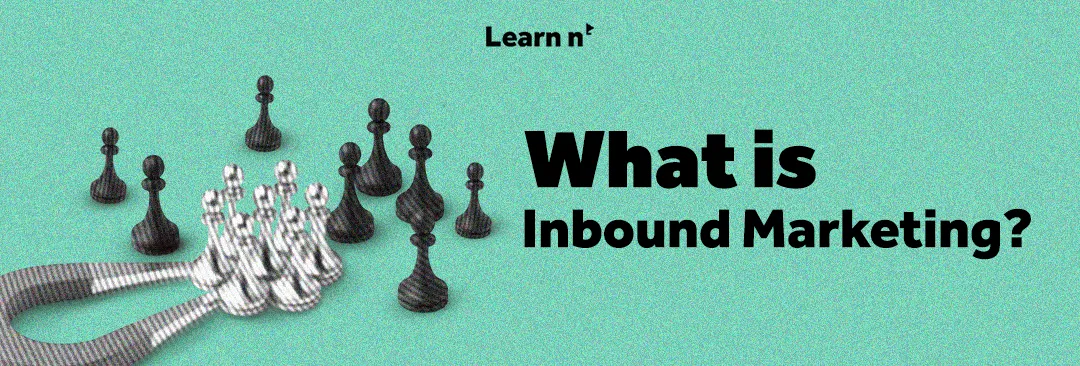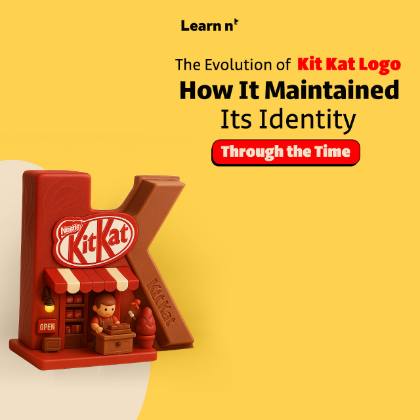
When we talk about marketing, we often refer to two main types recognized by professionals: inbound marketing and outbound marketing. Inbound marketing is a strategy focused on attracting customers to you by offering valuable and helpful content, rather than directly pushing advertisements at them. In other words, the goal isn’t to chase after customers or force your product on them, but rather to draw them in through their genuine interest and real needs.
On the other hand, outbound marketing relies on techniques like paid advertisements on tv or the internet, aiming to reach as many people as possible—even if they aren’t truly interested in what you offer. Both types have their place, but a solid understanding of inbound marketing can be the key to building long-term relationships with customers.
And that’s exactly what we’ll explore in this blog—from defining inbound marketing, to breaking down its components, implementation steps, and tools, all the way to clearly and simply distinguishing it from outbound marketing.
Key Elements of a Successful Inbound Marketing Strategy
The core of inbound marketing lies in the creation of valuable content that helps your audience solve problems or satisfy their curiosity; before you offer your product or service. This content can take various forms, such as articles, videos, newsletters, or even social media posts.
It’s not just about attracting customers; it goes beyond that. The goal is to maintain continuous engagement by delivering personalized content tailored to their interests and needs. This ongoing communication strengthens their trust in your brand and makes them feel like part of a unique experience.
Steps to Implement Inbound Marketing
The inbound marketing process begins with:
- Clearly identifying your target audience—understanding exactly who needs what you offer, as well as their needs and challenges.
- Setting clear goals, whether it’s increasing website traffic, growing your newsletter subscriber list, or boosting sales.
- Creating content that answers your audience’s questions and provides practical, straightforward solutions. This content should be distributed through the channels your audience already uses, such as social media platforms or your website.
It’s also essential to regularly track the results of your campaigns to analyze performance and continuously optimize your efforts.
Why Is Inbound Marketing Important for Businesses Today?
The experience of many companies shows that inbound marketing offers a lower cost compared to paid advertising because it relies on naturally attracting customers through valuable content. Customers who come to you this way are more ready to buy, more loyal to your brand, and often recommend it to their friends.Inbound marketing also contributes to building your brand’s reputation and makes it appear more credible—something that’s hard to achieve through traditional advertising campaigns alone.
Read More: What is Marketing Mix?
The Most Important Tools to Help You Implement Inbound Marketing
To simplify the inbound marketing process, there are several tools you can rely on:- Your website’s blog serves as a fundamental platform to publish content and offer topics that interest your audience.
- Search Engine Optimization (SEO) helps your content appear in online searches, increasing the chances of reaching interested customers.
- Email marketing is also a powerful tool, allowing you to send personalized content based on each customer’s interests, which boosts their engagement with your brand.
- Additionally, Customer Relationship Management (CRM) tools are used to track customer interactions with you and better understand their needs.
The Difference Between Inbound Marketing and Outbound Marketing
|
Element |
Inbound Marketing | Outbound Marketing |
|
Goal |
Attract customers through valuable and helpful content | Reach as many people as possible |
|
Approach |
Indirect; gradually builds trust | Direct; relies on quick attention-grabbing |
|
Cost |
Lower in the long term | Usually higher due to advertising costs |
|
Results |
Appear gradually and last for a long time | Fast but may be temporary |
|
Customer Relationship |
Stronger and longer-lasting | Sometimes superficial |
|
Targeting |
Precise; focuses on genuinely interested individuals | Broad; includes many who may not be interested |
|
Tools Used |
Blogs, SEO, email marketing, social media | TV ads, radio ads, billboards, paid online ads |
|
Sustainability |
Long-term strategy | Temporary and requires constant renewal |
After everything we’ve discussed, if you’re looking to build strong, long-lasting relationships with your customers, and communicate with them in a way that makes them feel like part of your brand’s story—inbound marketing is the ideal choice. By focusing on the right content and maintaining consistent engagement, you’ll find your business growing naturally and earning the trust of your customers.

Author
Learn n’ Digital Team














